Ansys Vista TF
Ansys Vista TF is specialized for turbomachinery design and allows you to perform ultra-fast simulations for preliminary designs.
Ansys Vista TF is specialized for turbomachinery design and allows you to perform ultra-fast simulations for preliminary designs.
2D throughflow simulation is a crucial phase in the rotating machinery design process. Vista TF provides engineers with real-time answers and unlocks greater design insights while exposing unexpected issues and/or defects. Execute initial design iterations in 2D prior to computing detailed 3D analysis to mitigate development time and engineering resources.
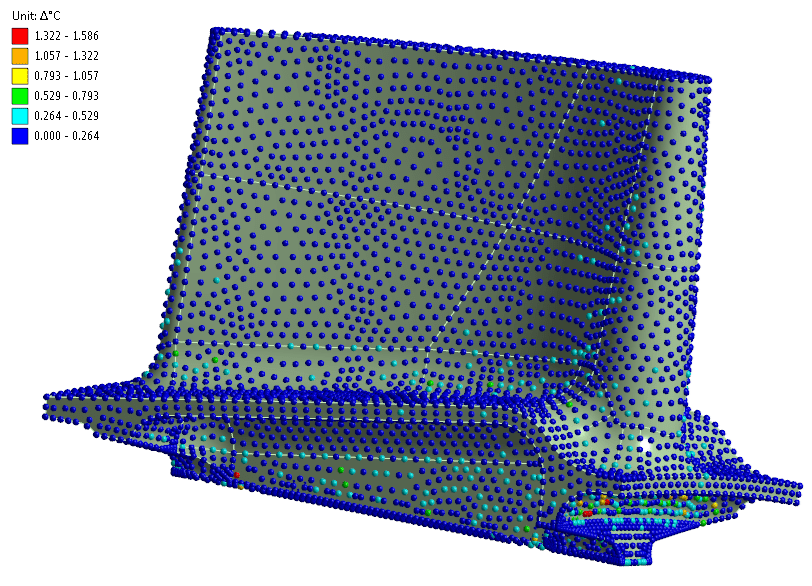
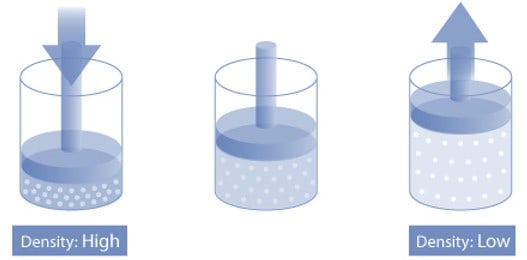
The Vista TF data warehouse provides an integrated overview of incompressible flow turbomachines and their design, with particular emphasis on pumps and turbines.
In the field of engineering, continuum mechanics or more specifically, fluid mechanics, incompressible flow (also referred to as “isochoric flow”) belongs to a flow in which the associated density is constant inside a fluid parcel, a miniscule volume that streams with the flow velocity. A comparable declaration that implies incompressibility is that the deviation of the flow velocity is zero.
Incompressible flow doesn’t indicate that the fluid itself is inelastic. It has been demonstrated through rigorous research in the field that under the proper circumstances, even elastic fluids can be exhibited as an incompressible flow. Inelastic flow assumes that the density remains constant within an allotment of fluid that streams with the corresponding flow velocity.
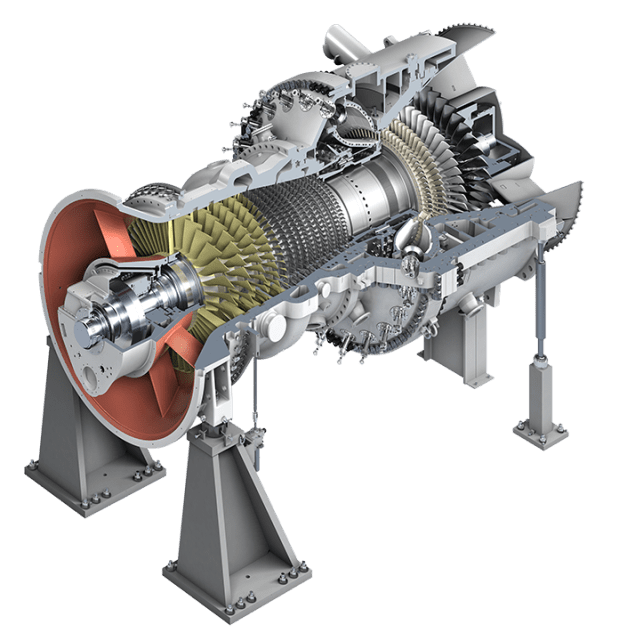



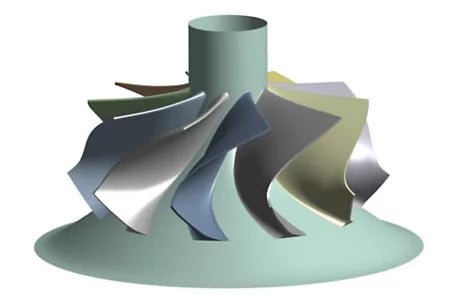
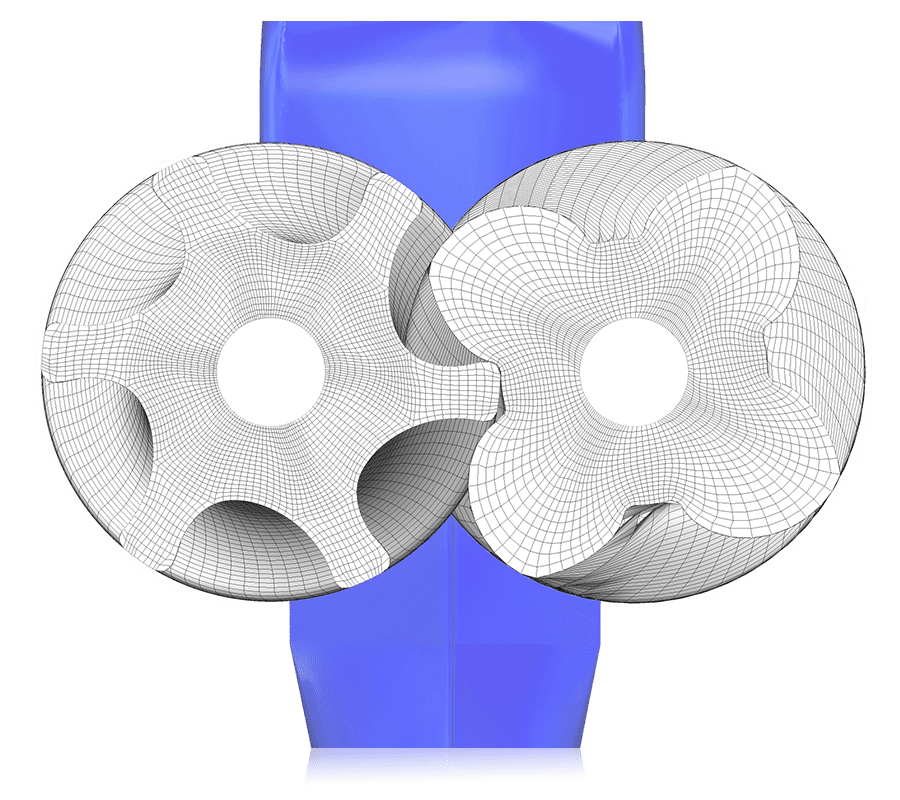
Go from a single passage up to multi-stage machines to obtain excellent aerodynamic performance.
Ansys’ most powerful computational fluid dynamics tool, Fluent, includes well-validated physical modeling capabilities to deliver fast, accurate results across the widest range of CFD and multiphysics applications.
Ansys CFX is a high-performance computational fluid dynamics tool that delivers reliable and accurate solutions quickly for a wide range of applications, including leading capabilities for rotating machinery.
Ansys EnSight is the market leader for data visualization. Its post-processing tool includes models with more than hundreds of millions of cells, providing engineers with insights unavailable elsewhere.
Ansys Polyflow provides advanced fluid dynamics technology for companies in the polymer, glass, metals, and cement processing industries.
Ansys Chemkin-Pro is the gold standard for modeling and simulating complex gas phase and surface chemistry reactions for fast, accurate development of combustion systems.
Ansys TurboGrid complements rotating machinery simulation with a specialized, easy-to-use tool for the rapid 3D design of rotating machinery components.
Ansys Forte accurately simulates IC engine combustion performance with nearly any fuel, helping engineers rapidly design cleaner burning, high-efficiency, fuel-flexible engines.
Ansys Vista TF complements rotating machinery simulation by enabling engineers to quickly develop blade geometries that achieve desired performance objectives.
Ansys BladeModeler complements rotating machinery simulation with a specialized, easy-to-use tool for the rapid 3D design of rotating machinery components.
Mosaic Mesh, a Hexahedral Dominant Mesh Software accelerates the meshing process with a reduced face count, higher quality cells and efficient parallel scalability.
FENSAP-ICE is the premier in-flight icing simulation system. Its innovative, graphical environment provides intuitive file management and makes it easy to interact between simulation modules.
Fluent meshing provides automation to highly crafted meshing. Methods available cover the meshing spectrum of high-order linear elements to tetrahedral and polyhedral analysis.
To benefit from all the computational fluid dynamic solvers that Ansys offers, choose the CFD Enterprise toolkit. CFD Enterprise offers full versions of Ansys Fluent, AIM Pro, and CFX to help you optimize product performance with well-validated physical modeling capabilities that deliver quick, accurate results.
Engineers use Ansys CFX for the most accurate, robust, and rapid simulation for rotating machinery such as fans, pumps, compressors, and gas and hydraulic turbines. Companies in the glass, metals, polymer, and cement industries can choose Ansys Polyflow for advanced fluid dynamics technology.
Today’s experienced engineers need well-validated CFD results to analyze products quickly and thoroughly. With full versions of Ansys Fluent, CFX, and SpaceClaim included, CFD Premium provides accurate, quick, and robust results.
Engineers can simulate IC engine combustion performance with Ansys Forte. Simulate with nearly any type of fuel to quickly design high-efficiency, clean-burning engines that are fuel flexible. To ensure speed and safety for in-flight icing certification, Ansys FENSAP-ICE provides accurate, rapid aircraft icing assessments, along with other comprehensive analysis in the aerospace industry.